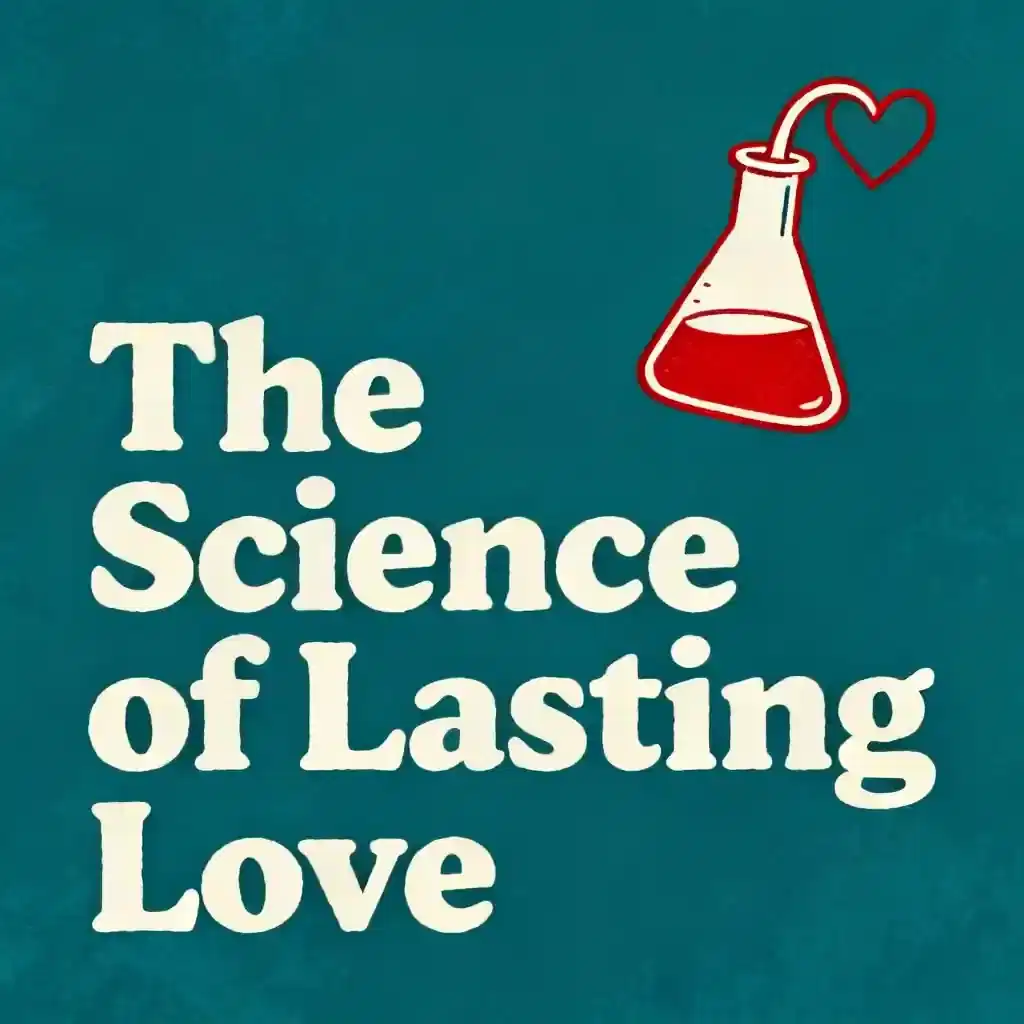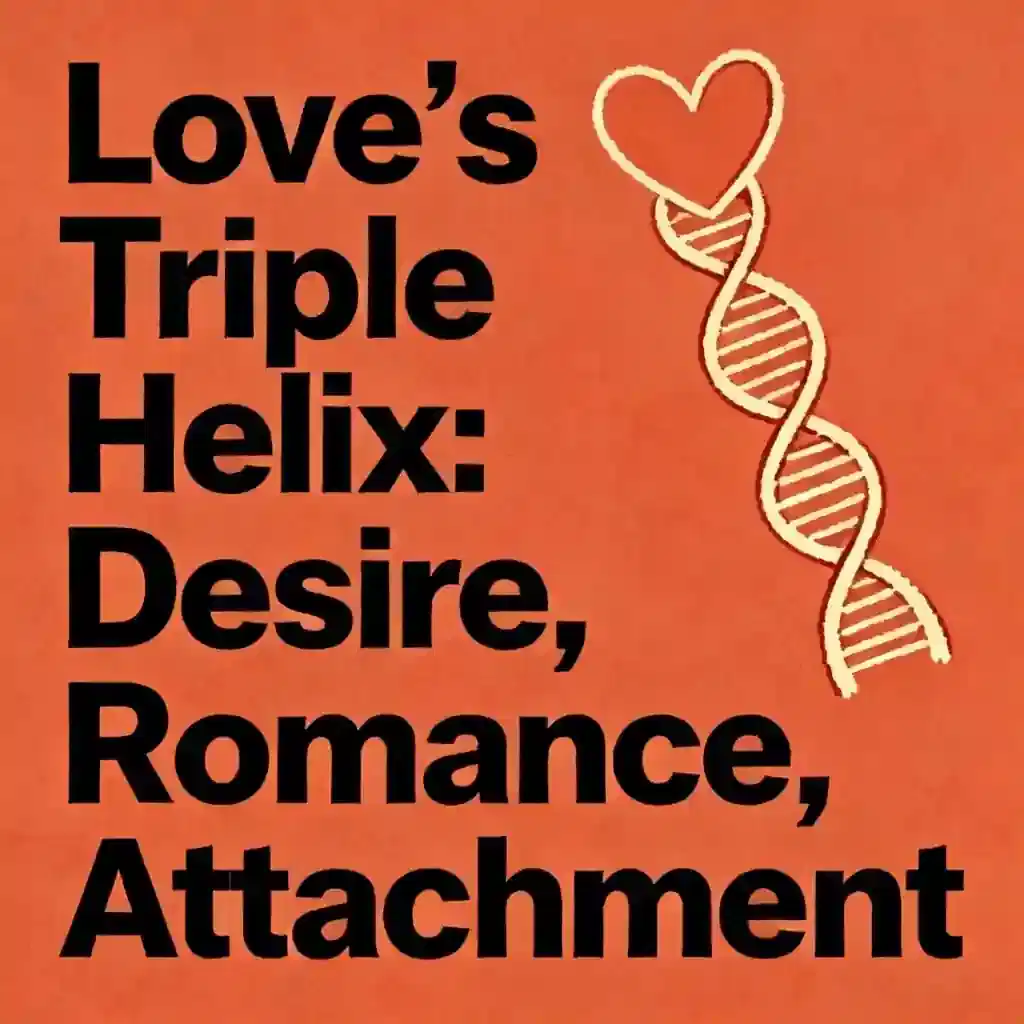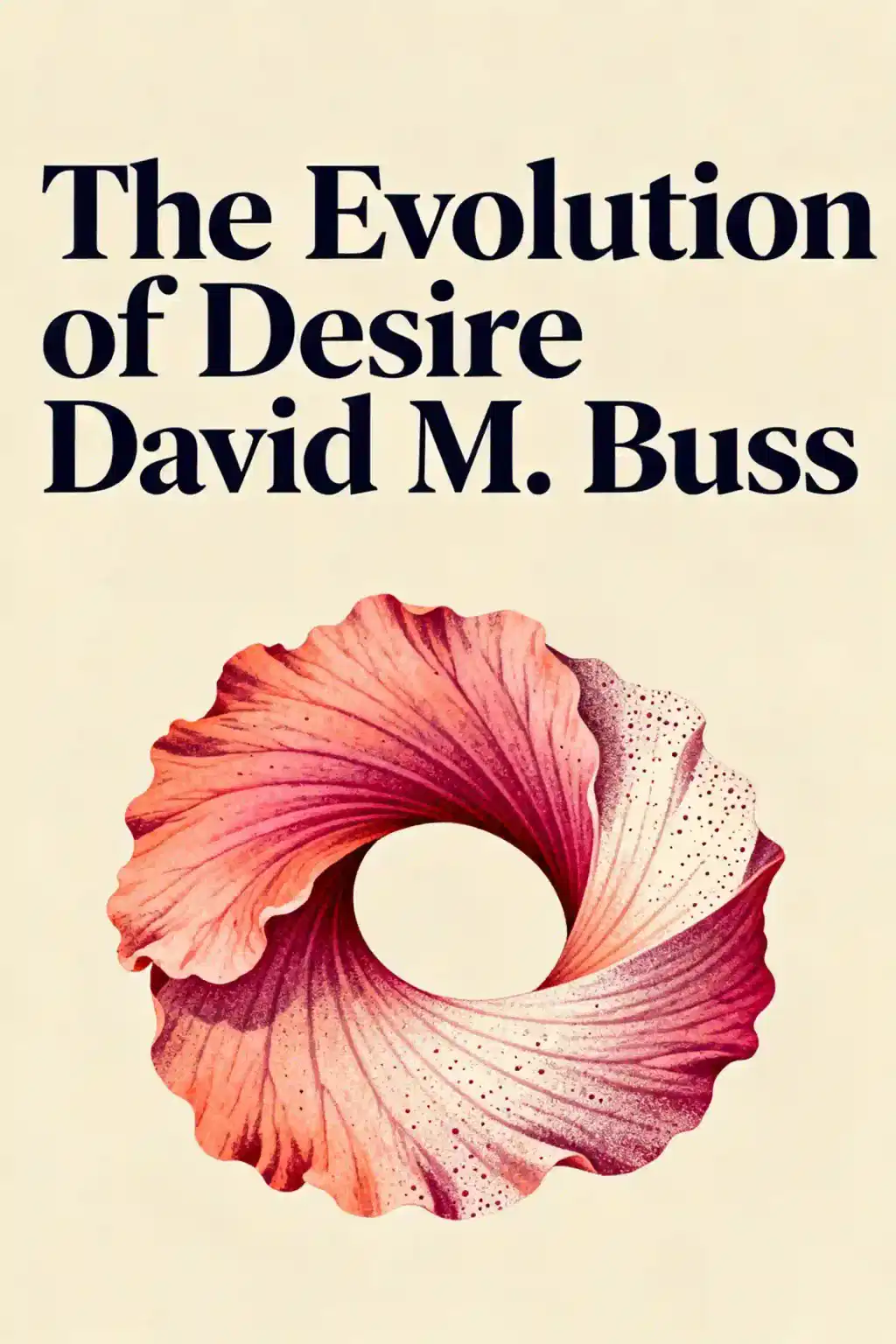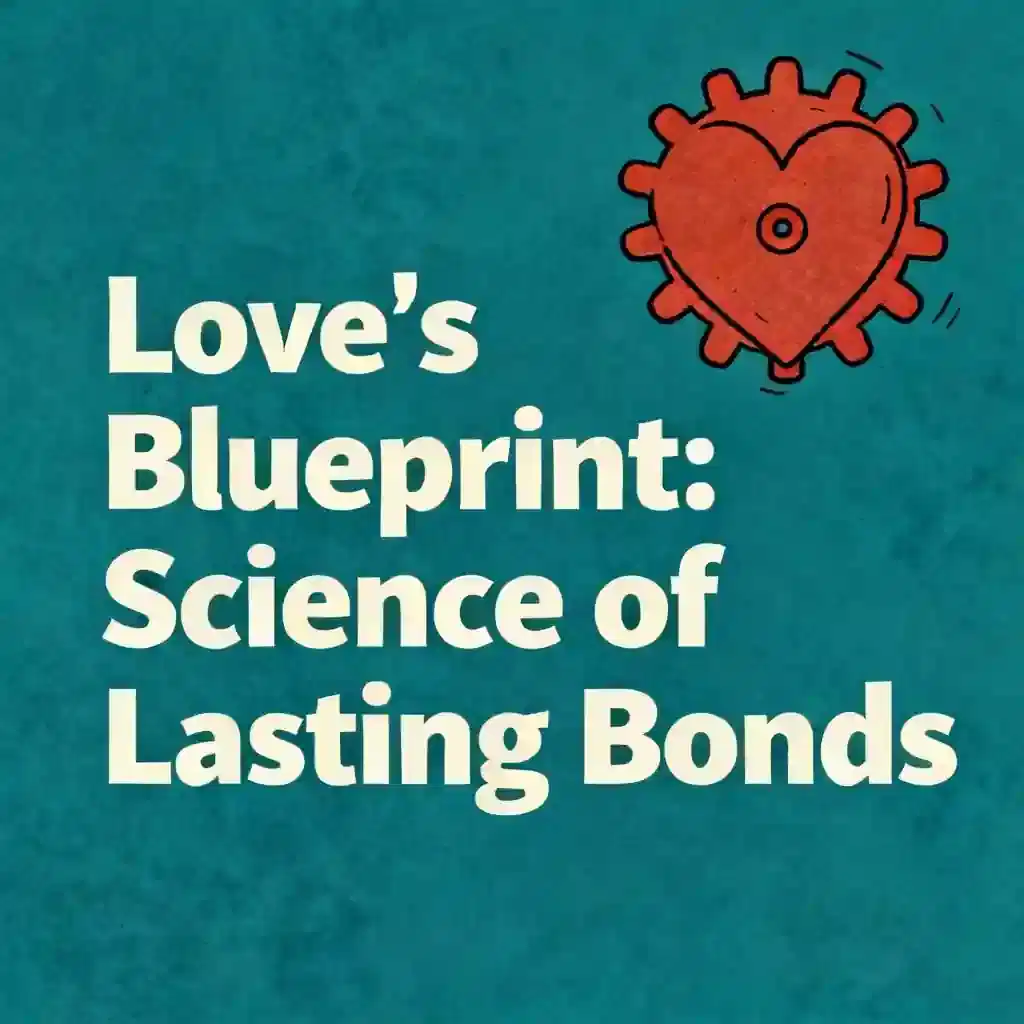
Why We Love by Helen Fisher Summary
Overview of Why We Love
Dive into the chemistry of attraction with Helen Fisher's groundbreaking exploration of love's biological roots. Endorsed by renowned biologist Edward O. Wilson and tapped by Match.com to revolutionize online dating, this book reveals why love isn't just poetry - it's powerful evolutionary science.
Similar books to Why We Love
Feel the book through the author's voice
Turn knowledge into engaging, example-rich insights
Capture key ideas in a flash for fast learning
Enjoy the book in a fun and engaging way
Key takeaways
The Chemistry of Falling: When Your Brain Becomes a Love Laboratory
What if I told you that the butterflies in your stomach, the sleepless nights replaying a single conversation, and that ridiculous grin you can't wipe off your face aren't just emotions-they're the result of a precisely orchestrated chemical symphony in your brain? Love isn't merely a feeling; it's a biological imperative as fundamental as hunger or thirst. When someone captures your heart, specific brain regions light up like a city at night, flooding your system with dopamine, norepinephrine, and a cocktail of other neurochemicals that literally alter your consciousness. This isn't poetic exaggeration-it's neuroscience. The ancient poets were right about love's power to transform us, but they didn't know they were describing a primordial mating drive millions of years in the making, one that hijacks our rational mind and makes us do wonderfully irrational things. Love doesn't stay confined to your mind-it commandeers your entire body. Hearts race at the mere sound of a loved one's voice. Palms sweat. Knees weaken. You might stammer, flush, or find yourself unable to eat despite being hungry. Sleep becomes elusive, yet paradoxically, you're flooded with energy-able to talk until dawn, write passionate letters, or cross continents for a brief encounter. These aren't metaphors from romance novels; they're documented physiological responses catalogued across centuries and cultures. The Tamil people have a word for this state: mayakkam-intoxication, dizziness, and delusion.
The Universal Symptoms: How Love Rewires Your Reality and Body
The Detective Work of Uncertain Love: Reading Signs and Transforming Selves
Inside the Brain in Love: The Three-Part Architecture of Passion
Why Them? The Hidden Architecture of Attraction
When Love Ends: The Neuroscience of Heartbreak and Recovery
Love Unbound: The Romantic Revolution Reshaping Our World
Quick Summary Mode - Read or listen to Why We Love Summary in 9 Minutes
Break down key ideas from Why We Love into bite-sized takeaways to understand how innovative teams create, collaborate, and grow.
Flash Card Mode - Top 10 Insights from Why We Love in a Nutshell
Distill Why We Love into rapid-fire memory cues that highlight Pixar’s principles of candor, teamwork, and creative resilience.

Fun Mode - Why We Love Lessons Told Through 24-Min Stories
Experience Why We Love through vivid storytelling that turns Pixar’s innovation lessons into moments you’ll remember and apply.
Personalize Mode - Read or listen to Why We Love Summary in 0 Minutes
Ask anything, pick the voice, and co-create insights that truly resonate with you.

From Columbia University alumni built in San Francisco

Get the Why We Love summary as a free PDF or EPUB. Print it or read offline anytime.

















